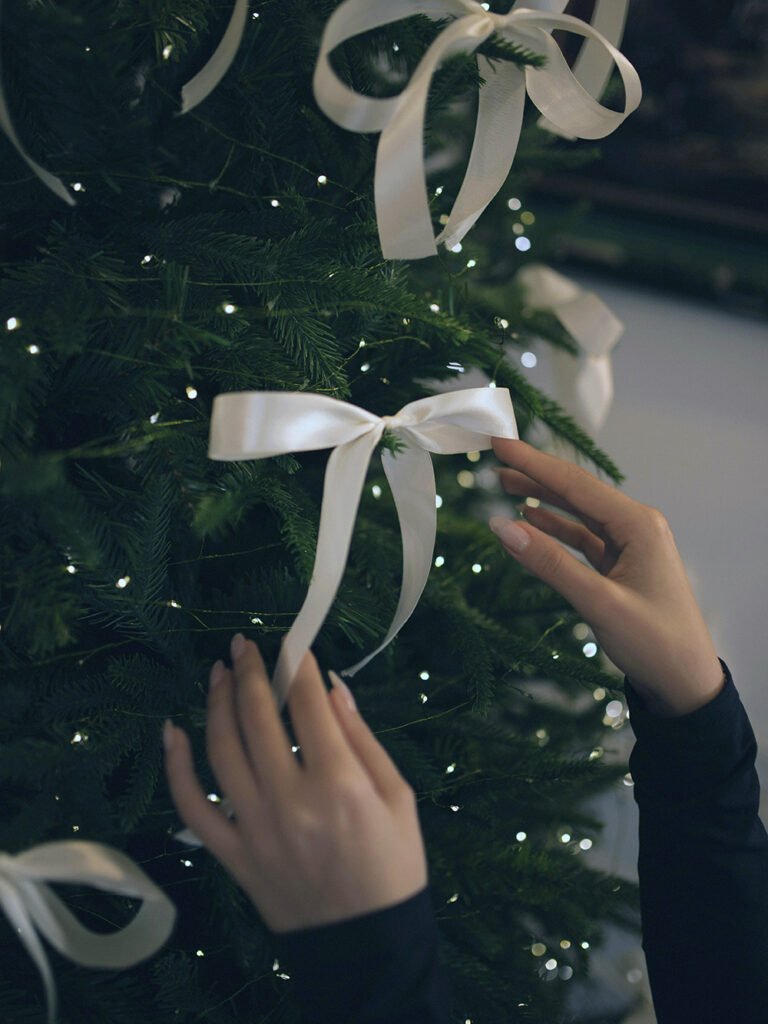My two young children are girls. And having been a girl myself, and having walked through so many different ways of thinking about what girlhood means, there are two things I know without question about who I am: I am a feminist, and I love girlhood.
Girlhood is often dismissed as something fragile, frivolous, or fleeting, but in recent years, women around the world have begun reclaiming the word as something deeper: a source of power, community, and unapologetic joy.
But it is NOT about pretending to be younger. And it’s not about limiting ourselves to any single way of being.
Instead, it’s a reminder that “girl” is not an insult, not a weakness, not something we need to outgrow in order to be taken seriously.


What Is the Modern Girlhood Movement?
In the past few years, “girlhood” has returned to our cultural vocabulary in a powerful way. Social media has played a huge role, giving us language that transforms everyday experiences into affirmations of identity. Think about terms like “girl dinner,” “hot girl walk,” or “girl math”. They may sound playful, but they are also a form of claiming space, reminding us that we can shape the world on our own terms.
At its core, the modern girlhood movement is feminist. It rejects the old idea that in order to be strong, capable, or ambitious, women must distance themselves from femininity. It says: you can be powerful and soft, ambitious and playful, serious and glitter-covered.








Girlhood Is Not Just an Aesthetic
It’s tempting to talk about “girlhood” as though it were a visual style: pink bows, frilly dresses, pastel bedrooms filled with flowers and ribbons. Certainly, aesthetics like coquette, Barbiecore, cottagecore, and soft girl have flourished alongside this trend. They show us the beauty of embracing ultra-feminine design elements without apology.
But girlhood itself isn’t an aesthetic. It’s not about whether you like lace or lipstick, bows or baseball caps. Girlhood is bigger than that: it’s a mindset, a reclamation of freedom. It’s the right to define your identity without having to masculinize it for approval, without needing to justify softness as weakness, and without fearing that choosing pink makes you less powerful.








Elements of the Girlhood Trend
So what exactly has shaped this cultural moment? Some of the strongest features include:
- Everyday Language: Terms like “girl dinner” and “hot girl walk” normalize femininity in everyday life.
- Fashion & Beauty: A return to bows, ribbons, florals, soft makeup, and pastel palettes.
- Digital Communities: TikTok and Instagram have amplified the embrace of “girly” styles, creating spaces where women connect through shared aesthetics.
- Nostalgia: A longing for the joy and freedom of adolescence, mixed with adult agency, from scrunchies and charm necklaces to diary-like journaling.
- Reclamation of Labels: “Just a girl,” “girlboss,” “that girl,” “girl power”, each one re-frames “girl” as a source of strength instead of limitation.


Feminist Power in Choosing Femininity
For much of modern history, femininity has been undervalued. Women who dressed “girly” were taken less seriously, while those who succeeded in male-dominated spaces were often those who adopted more masculine styles of dress and behavior. The girlhood revival challenges that.
As Lippy Mag asks, are these trends regressing feminism — or reshaping it? Many argue the latter. Choosing bows, softness, or a hyper-feminine style doesn’t make a woman less feminist; it makes her unapologetic. It demonstrates that empowerment isn’t about rejecting femininity but about embracing choice.
Of course, critiques matter: commercialisation, exclusionary beauty standards, and the risk of surface-level “aesthetic feminism” are real. As Feminism in India points out, buying into girlhood trends doesn’t automatically make them feminist , but thoughtful engagement can turn them into empowering practices.








How to Bring Girlhood Into Your Daily Life
If you feel drawn to this movement, here are a few ways to make girlhood part of your life — not as a rulebook, but as inspiration:
- Define what it means to you. Does girlhood mean softness? Play? A mix of nostalgia and ambition? Let it be personal.
- Surround yourself with joy. From clothing to décor, choose colours, textures, and objects that make you feel alive.
- Reclaim the word “girl.” Say “I’m just a girl” and mean it proudly.
- Create small rituals. Maybe it’s a daily walk, painting your nails, journaling, or decorating with fresh flowers.
- Be unapologetic. Speak loudly if you want to. Share openly if you like. Claim your femininity without hesitation.
- Stay critical, stay inclusive. Remember that girlhood isn’t one image, body type, or identity. It belongs to every woman, every girl, every person who feels aligned with it.


The Power and Beauty of Girlhood
Girlhood is joy. Girlhood is resilience. Girlhood is serious and silly, playful and ambitious, nostalgic and futuristic all at once. It is not a stage to “grow out of,” but a well of power to keep drawing from.
And so, whether you hear someone say “girl power,” “girlboss,” “that girl,” or even “ I’m literally just a girl,” know that it always comes back to the same truth: the power and beauty of girlhood, owned loudly, lived unapologetically, and celebrated in every form it takes.


LOVE,
Lucy ♥


